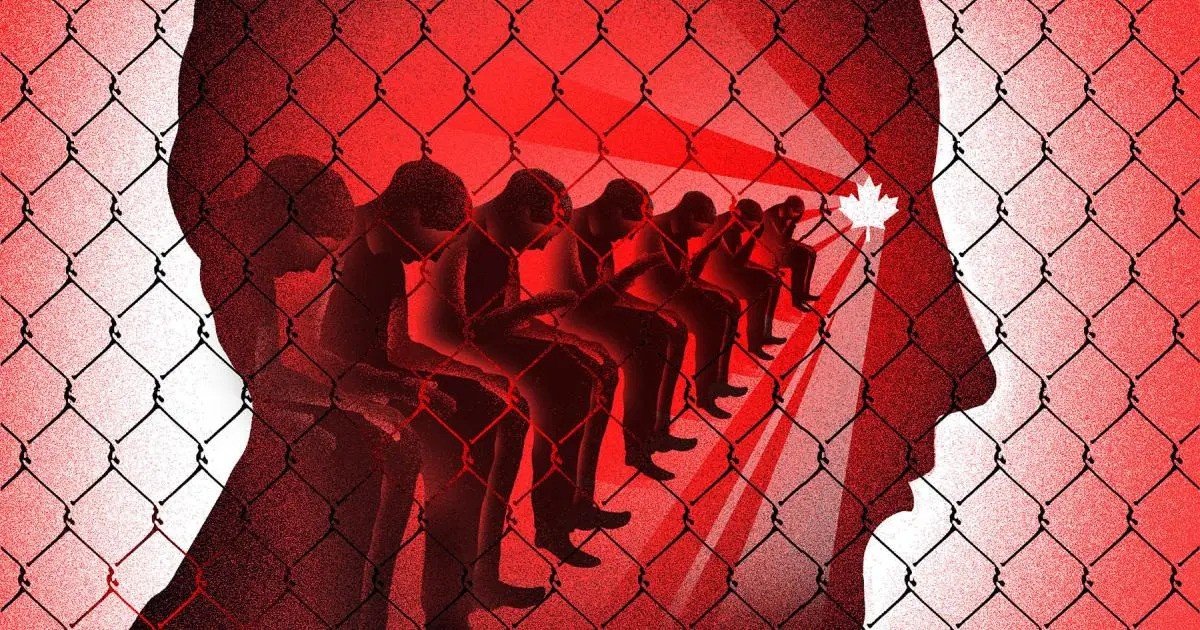Deportation and detention are closely linked in immigration law, often causing uncertainty and hardship for individuals, families, and communities. This post explains the key aspects of these processes, including how they work, who they affect, and their implications for human rights and due process.
What Is Deportation?
Deportation, also known as "removal," is the legal process of expelling a non-citizen from a country. This typically occurs when an individual violates immigration laws or specific terms associated with their visa status. Deportation is not just a bureaucratic action; it reshapes the lives of those affected, often forcing separation from loved ones and communities they have built over years.
Common reasons for deportation include:
- Overstaying a visa
- Entering the country without proper documentation
- Committing certain criminal offenses
- Failing to comply with legal orders to leave the country
Deportation orders are often issued through immigration court proceedings, overseen by an immigration judge. Importantly, individuals have the right to challenge deportation decisions through appeals, seeking waivers or asylum in certain cases.
What Is Detention in Immigration?
Detention involves holding an individual in custody while their immigration case is being reviewed or processed. This may include individuals awaiting deportation or those seeking asylum. Detention centers vary in nature, ranging from government-run facilities to privately operated detention centers.
Key reasons individuals may be detained include:
- Lack of valid immigration documentation
- Perceived security risks
- Pending decisions on asylum claims
It is crucial to understand that detention is intended to be a temporary process. However, for many, it can extend into months or even years due to backlogs in immigration courts or complex case reviews.
The Human Rights Dimension
Deportation and detention practices carry significant implications for human rights. Critics often highlight cases of family separation, inadequate conditions in detention facilities, and the emotional toll on individuals facing the possibility of removal.
- Expanding alternatives to detention, such as supervised release programs
- Ensuring access to legal representation during deportation and detention proceedings
- Enhancing oversight and accountability for detention centers
International law underscores the rights of migrants and asylum seekers, urging states to ensure humane treatment, due process, and protection against unlawful detention or deportation.
Alternatives to Detention
One significant area of focus in reform discussions is alternatives to detention (ATDs). These initiatives aim to provide options for individuals to remain in the community while their immigration cases are resolved. Examples include:
- Regular check-ins or monitoring programs
- Use of electronic ankle bracelets for tracking
- Family-based case management services
Studies have shown that these approaches are often more cost-effective and offer individuals a sense of dignity and autonomy compared to traditional detention practices.
Seeking Legal Help
Navigating deportation and detention processes without legal guidance can feel overwhelming. Immigration law is intricate and constantly evolving, so securing experienced legal representation, such as a work visa lawyer, is vital. Attorneys specialized in immigration law can assist with filing appeals, asylum applications, or presenting evidence that may halt deportation proceedings.
Organizations such as the American Immigration Council and Refugee and Immigrant Center for Education and Legal Services (RAICES) provide resources and support for those navigating immigration challenges.
Conclusion
Deportation and detention practices are topics of ongoing debate globally. Policymakers, advocates, and communities continue to explore ways to balance immigration enforcement with fairness, human dignity, and respect for international obligations.
 Online Clock
Online Clock